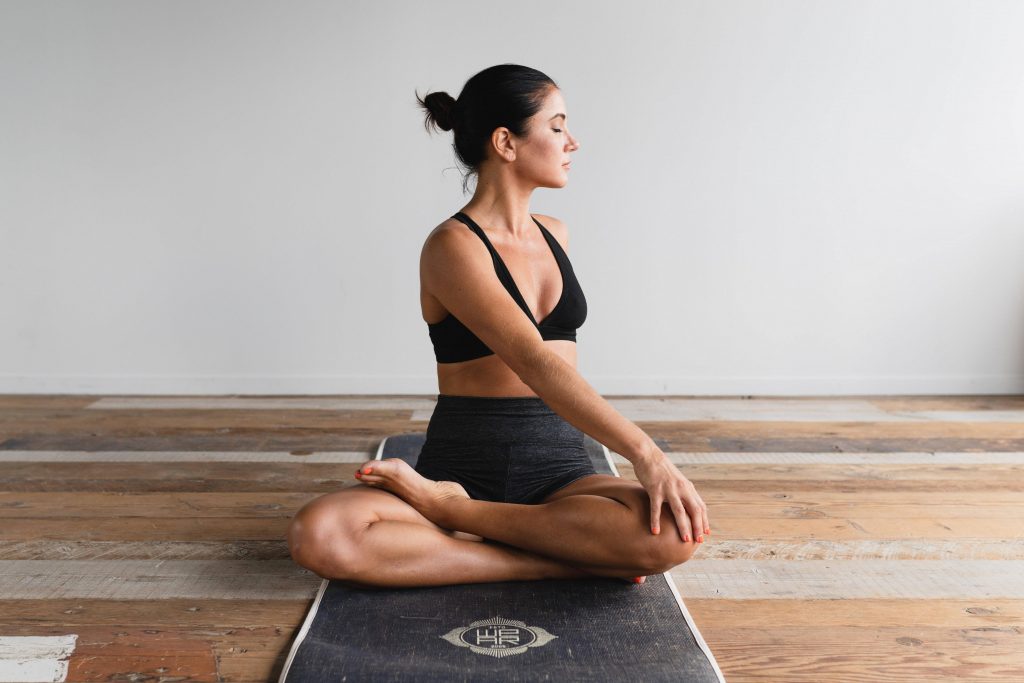
Pilates is an exercise system that has many benefits, but if you don’t know how to do it correctly, you might not benefit as much as you think. There are two types of Pilates, classical and clinical. Which one is right for you depends on your goals and focus. If you’re looking for an efficient way to build up your core strength, try classical Pilates.
Pilates exercises involve controlled movement, breathing, and concentration. These exercises challenge the body and create muscular strength. They use the body’s own weight as the main resistance. Because they are performed slowly and mindfully, Pilates will improve your cardiovascular health, lung capacity, bone density, and joint health. You should perform each movement slowly and follow 6 basic principles to get the most benefit from each movement.
In addition to strengthening weak muscles, pilates Surrey Hills also improves mobility and flexibility. This is important for people with poor posture or limited mobility. Poor posture can lead to back injuries. By practicing clinical pilates, you will learn to keep your spine in a neutral position, which will make it more resistant to injury.
Clinical Pilates exercises are safe for pregnant women. After the first trimester, you can continue with Pilates and do some of the same exercises you would when not pregnant. During your first trimester, you can continue doing reformer exercises, but with an incline wedge instead of lying on your back. In addition, clinical Pilates exercises prevent your body from harming the baby.
Clinical Pilates is a system of exercises designed by a licensed physical therapist. It combines traditional Pilates exercises with evidence-based approaches to musculoskeletal dysfunction. It focuses on improving core strength, flexibility, and balance. It also improves posture and the ability to move and hold your body properly. It can help people of any age and fitness level.
In addition to helping people lose weight and gain strength, Pilates can help you recover from injuries. Pilates reduces the amount of stress on your body while moving and helps it work more efficiently. Your body must be in an optimal position for your muscles to function correctly. If one muscle is under more tension than another, the body is less stable, which can lead to injuries.
You can also use the squeezing of a tennis ball inside your underarm to prevent your neck from tensing up. If you’re a beginner, you should modify the ab twist. Instead of raising your rib cage, you should engage the hip extensors, which open the front of your hip. Hold this pose for 30 to 60 seconds.
Besides improving your core strength and flexibility, Pilates can improve your posture and mental awareness. It was originally designed to help people recover from injury. Although it was originally designed for dancers, it’s now enjoyed by a wider demographic.